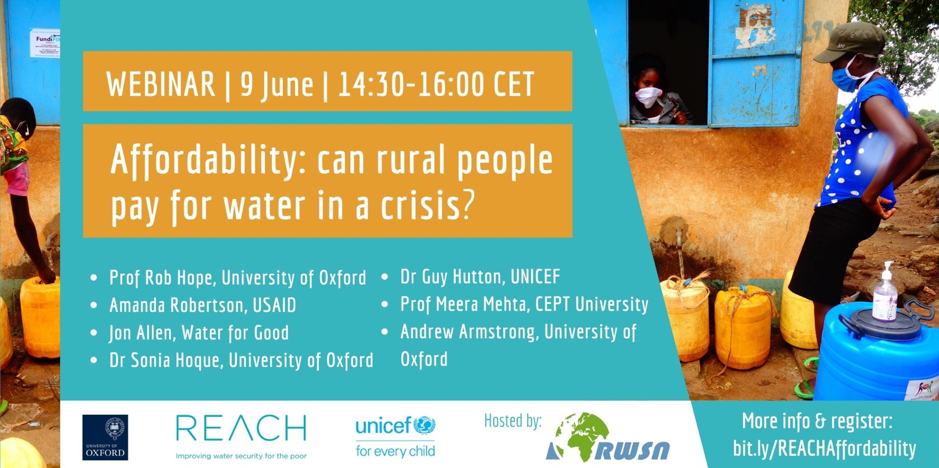Dr Sonia Hoque and Saskia Nowicki, based on interviews with waterpoint managers and users conducted by Sk. Rabiul Islam (Technical Manager) and Sk. Al-Helal (Field Assistant) of the REACH Khulna Observatory and discussions with Cliff Nyaga (REACH Research Manager), Musenya Sammy and Mbogo Mwaniki (Water Quality Officers) of the REACH Kitui Observatory.
The long-term impacts of COVID-19 and the associated lockdowns are uncertain. However, the World Bank already estimates that the pandemic is likely to push 49 million people into extreme poverty by the end of 2020, with Sub-Saharan Africa and South Asia being the hardest-hit regions. The socioeconomic and health impacts will include exacerbated drinking water insecurity for millions of people, who are already coping with environmental, financial, and institutional risks. Our colleagues based in REACH Observatories in Khulna, Bangladesh and Kitui, Kenya shared their observations on the challenges facing local water users and managers.
Changes in water demand and sources
Rural households in coastal Bangladesh traditionally use a range of different water sources – shallow tubewells, pond sand filters, vended water – depending on groundwater salinity, water infrastructure development, and their socio-economic status. Drinking water insecurity typically escalates from late February until the first rains in June. During this dry period, rainwater reserves are depleted and ponds evaporate. But this year the situation is abnormally difficult.
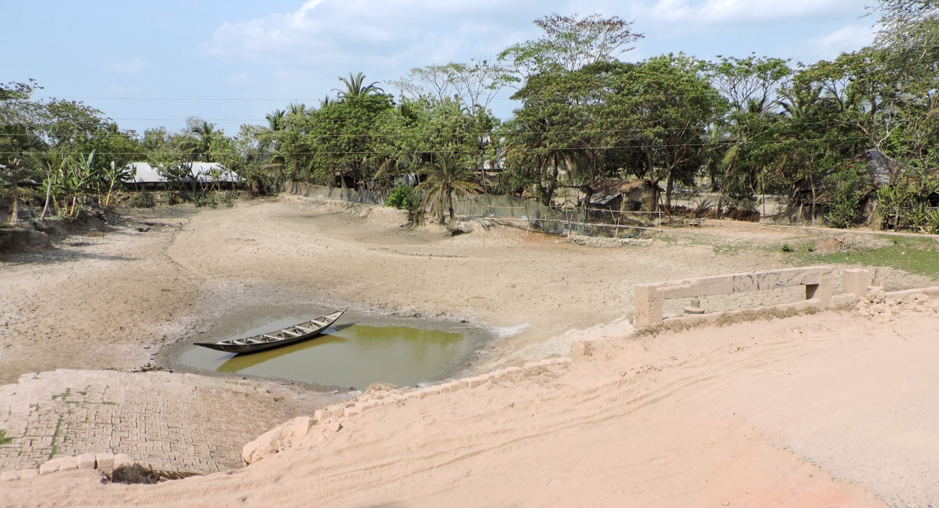
For one, the demand for water is especially high, due to the dry season, and the increase in handwashing and general hygiene to prevent the spread of coronavirus. Given health concerns and restrictions on movements, people prefer for water to be home delivered, relying on vended water.
Nossimon [motorised tricycles] water vendors continue operating under the umbrella of ‘essential services’. However, boat vendors can no longer transport water containers across polders because boat terminals are locked-down by armed forces. Consequently, remote polders without road connections are worst affected.
In contrast, water source choices have not yet changed substantially in rural Kitui County, though maintenance and affordability challenges are worsening. People rely both on groundwater accessed by mechanised boreholes, handpumps, hand-dug wells, and surface water drawn from reservoirs and riverbeds. Some towns are also intermittently supplied by water utilities.
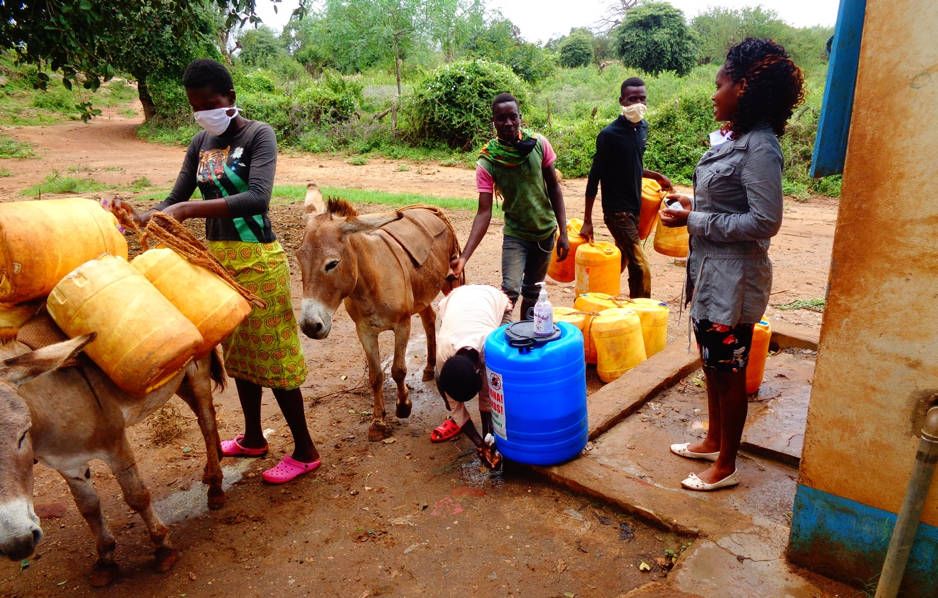
In Kyuso town, where water quality officers Musenya and Mbogo live, the utility (KIMWASCO) has not supplied water to most connections for over two months due to pipeline damage from roadworks. Even before that, the supply was heavily rationed because KIMWASCO has insufficient resources to cover their large service area. As a result, people rely on other sources, including locally managed rock-catchment reservoirs, which have recently been replenished by the onset of the ‘long rains’.
Most people purchase and collect water directly at waterpoints, though some households have water delivered by vendors to avoid tiresome travel and queuing. Conversations with some water users indicate that several households have switched to having water delivered due to social distancing concerns and increased demand for water for handwashing. However the data are not available to confirm if this is a widespread trend.
Service providers facing operation and maintenance challenges
Waterpoint maintenance has been affected to some degree in both Kitui and Khulna, and functionality problems are expected to worsen as the lockdowns continue. Our REACH Research Manager in Kitui, Cliff Nyaga, reported that although local movements of maintenance technicians are not restricted, specialist services cannot be sought from Nairobi. And maintenance costs are increasing due to the need for staff to wear protective gear and for courier services to source spares or equipment.
Concurrently, user payments have dropped to half of pre-pandemic revenues, and community meetings are suspended: effectively preventing registration of new schemes and follow-up on payments for services.
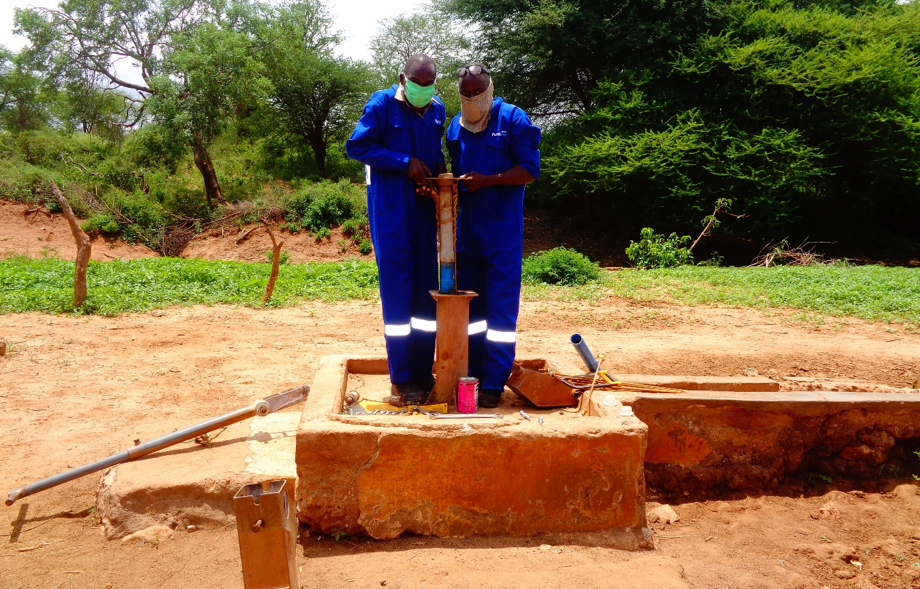
Likewise, in Khulna, many of the ponds have dried up, and the filters need to be changed more frequently. However, it is now more difficult to purchase sand, thus affecting the water quality. Pond sand filters, that usually serve 100-200 households, are now facing increased demands due to the dry season.
Some waterpoint managers in Khulna and Kitui have provided soap and water for users to wash their hands, but in Khulna others have dismantled the handle temporarily in fear of contamination, denying access to users.
Water affordability amidst income shocks
Rural livelihoods in both Kenya and Bangladesh have been significantly affected, as many people make a living through subsistence farming, small businesses, and casual labour. Mbogo told us that “People usually came to market on a Saturday, but for now the markets are closed, people are not selling their goods”. And Musenya added that food prices have increased along with transportation costs.
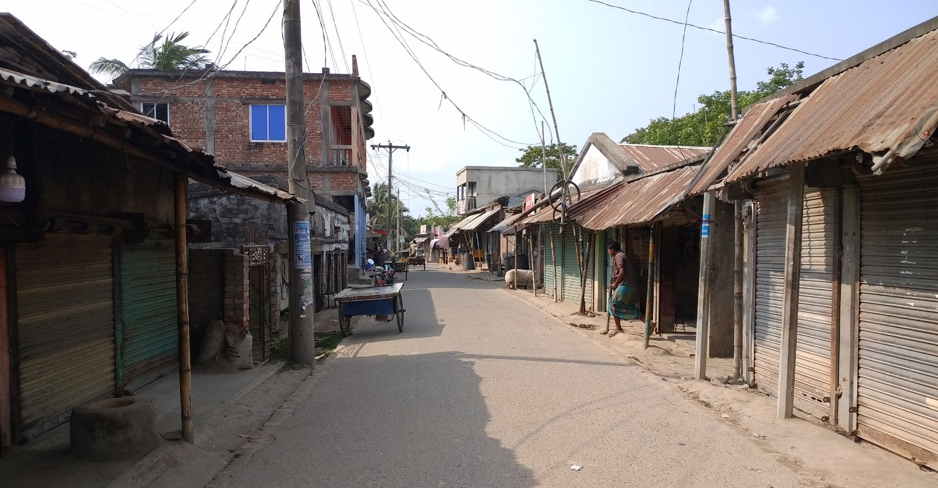
Lost income and higher living costs are making it more difficult for people to pay for water. The manager of a small piped scheme who is supplying more water in the current period said: “Our operating costs have increased but people are not paying their bills.”
Recognising affordability constraints, the Kenyan Government issued a directive that water service providers not disconnect services during the pandemic regardless of bill payments; however, no guidance or subsidies have been provided for utilities to cover their costs.
It is clear that COVID-19 is highlighting the vulnerability of rural water services in Kenya and Bangladesh. In addition to COVID-19, Bangladesh is now also grappling with cyclone Amphan, which hit the coast on 20 May. And even whilst Kenya focusses on controlling the virus, swarms of locusts further threaten livelihoods and food security.
Peaks and troughs in user demand and payments jeopardise the financial sustainability of water supply systems and reduces resilience to socioeconomic shocks, whether driven by pandemics, climate change, or other volatile forces. But can rural people afford to pay for water in a crisis? And what policies and practices could be implemented to support them?
On June 9th at 14:30 CET, UNICEF and REACH will deliver a webinar, hosted by the RWSN, to discuss potential improvements in policy and practice responses for rural water affordability. Register to join us here.
